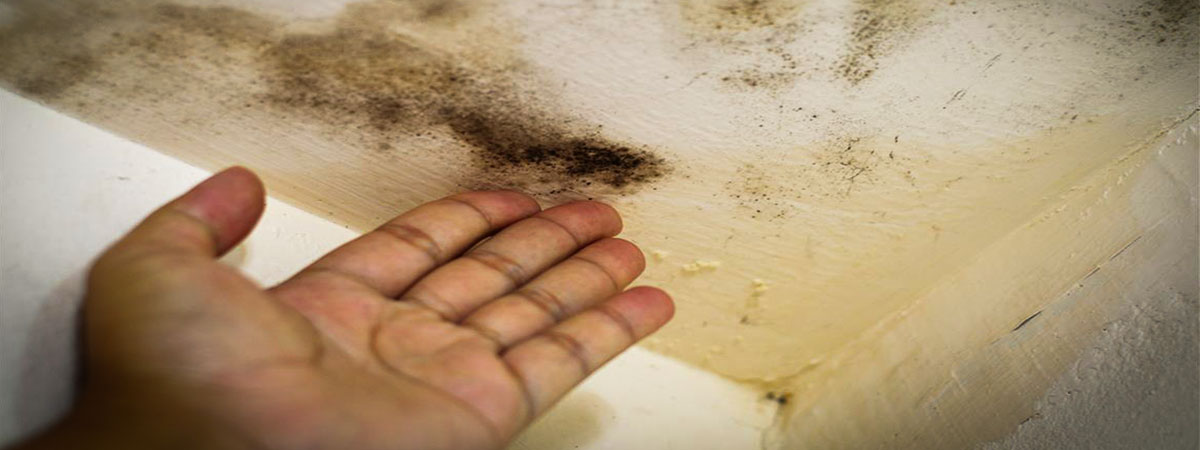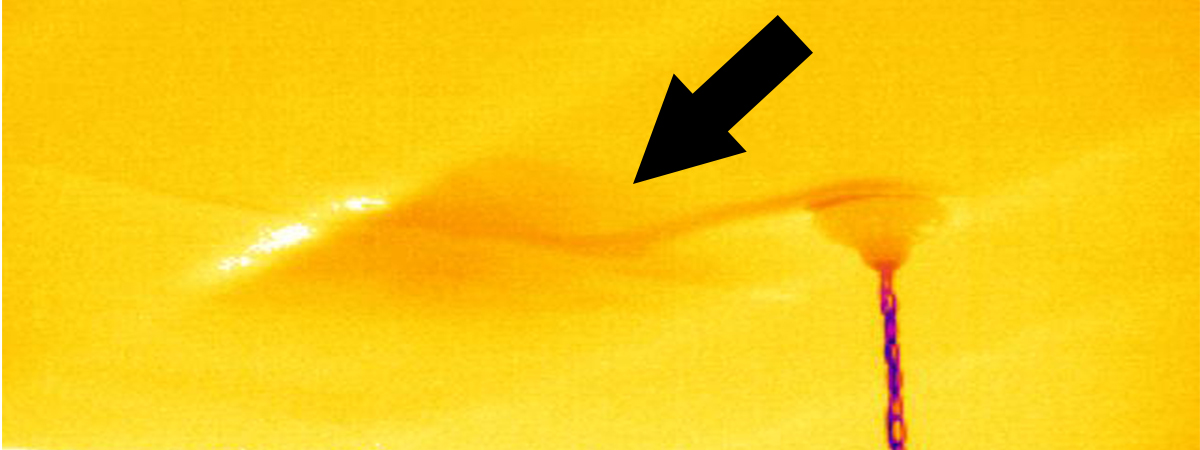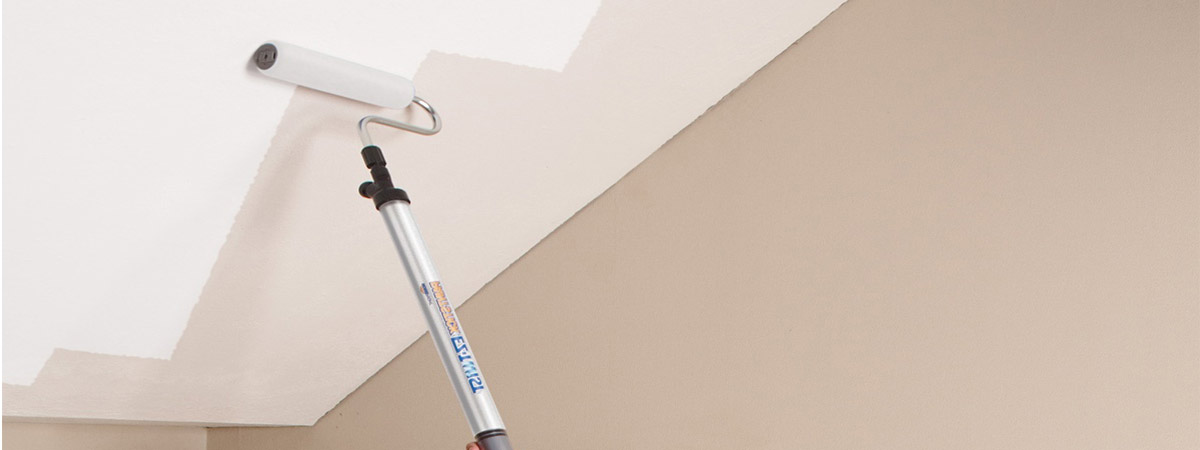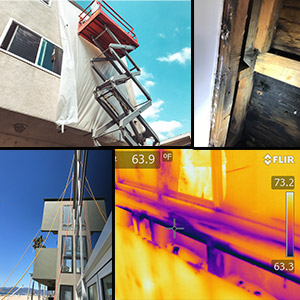
Ceiling Stains and Common Causes / Water Intrusion Specialist
We’ve all seen them. Surely we have all heard of them. Shoot, maybe, you even have them. We are not talking about cars or pets. Today we are discussing ceiling stains in addition to what causes them and what to do about them.
Ceiling stains, or brown stains on your ceiling can form for any number of reasons. With that said, our team of Water Intrusion Specialists here in Los Angeles can narrow the reasons for ceiling staining to just a single source, moisture or active water intrusion from rain events. Water intrusion is one of the the most likely cause for ceiling stains, but in all actuality, it is not the only cause for staining.
A lack of ventilation is a leading cause of mold on the ceiling in bathrooms and laundry rooms. The CRC California Building Code requires some sort of ventilation in a bathroom and laundry room Water intrusion Specialist

Common questions about ceiling stains answered
Brown staining on the ceiling can be directly attributed to moisture. As moisture collects directly on the ceilings surface, it can form surface mold or fungi. Left untreated, this brown or tan stain can stay there forever even if the spore is no longer living.
Of course with drywall ceilings, water forming on the ceilings upper surface can eventually penetrate the material. As the moisture makes its way to the underside, the paper itself along with any dirt, dust or construction debris located on the top side of the drywall can contribute to the brown stains you see underneath.
Condensation located on a ceiling is quite common. Especially when we’re talking about stains in bathrooms where high humidity resides. The easiest way to remove the condensation from the ceiling is to remove it from the area before it can stain the ceiling. Typical indoor humidity can hover between 40-50% respectively. Anything higher than this and you might develop moisture on the ceiling.
How do you remove condensation? Easy, ventilation. Adding some sort of ventilation to the area will decrease the indoor humidity and therefore remove the condensation, thus eliminating the possibility of developing ceiling stains.
Mold will form when there is a high source of both food and water. With water, its typically a chronic source, however, mold can also develop during a one-time rain leak event. Such as the case with rain, or a leaking pipe for example. On the other hand, a bathroom or laundry room can create perfect conditions for mold on the ceiling.
A lack of ventilation is a leading cause of mold on the ceiling in bathrooms and laundry rooms. The CRC California Building Code requires some sort of ventilation in a bathroom and laundry room. Brown stains and other ceiling stand can develop from a lack of, or missing ventilation. The building code requires at least one fan, or a window to be installed in every bathroom.
Ceiling leaks cause brown water stains. Water intrusion into a building is really the leading cause of water stains on ceilings. How does water enter the building and stain ceilings? Wow, really there is a laundry list of possible causes of water stains on ceilings from water intrusion.
- Roof leaks cause water stains on ceilings
- Leaking decks might cause brown ceiling stains
- Plumbing pipe leaks will absolutely cause ceiling stains
- Shower pan leaks cause brown ceiling stains
- Bathtub leaks cause ceiling stains
- Windows which leak can cause ceiling stains
We can talk for hours on the different scenarios associated with each and every one of these points. Suffice it to say, they can and will all contribute to discoloration on ceilings.
Brown staining on ceiling such as in a bathroom, kitchen or laundry room for example, may be directly related to condensation. However, brown stains can also mean you have a roof, plumbing or even a window leaking. The brown spots you’re seeing are likely mold developing, rust if the ceiling is plaster or even nails from drywall. Ideally, you will want a professional
Water Intrusion Specialist trained in thermography or water intrusion expert to inspect the area for any active leaking.
A water intrusion specialist is an individual who is experienced in sourcing water related intrusion in multiple different surfaces, building products, substrates and finishes.
In many cases, infrared
thermography is an especially helpful tool in locating water intrusion. But like everything else it just a tool. Just as with any other tool, there are limitations. Take an infrared camera for instance. its flaws aren’t so much in the camera itself, but in understanding how it works and what the camera’s limitations are. How so? Well, with infrared, if you’re not trained on the basics of thermography, you might detect false positives, and pass them off as water related issues. Our Los Angeles based water intrusion experts are trained to understand the differences in these thermal scans.
Surprisingly, ceiling stains can go unnoticed for days, weeks and even years. The main reason these stains go unnoticed for so long is that the ceiling is up, and by nature, we generally tend to look forward or down (especially when in our homes or building). In fact, there are areas within a home which we probably never enter or otherwise occupy, such as certain spaces where you may go in only once or twice in a single year.

What to do if you have stains?
Left untreated, ceiling stains (if caused by water intrusion or moisture infiltration) may contribute to unhealthy living conditions. Such as the case with mold. Mold can be directly related to poor indoor air quality not to mention Molds obvious health risks. In the event you have ceiling staining, the first thing you will want to do is call a professional water intrusion expert.
Moisture intrusion specialists can determine whether or not the stain is in fact an active leak or from a previous event. Once the stain is proven to be either an active or previous water event, you can proceed to remediate.
Water stains on ceiling who to call
With so many different companies out there jockeying for position to repair your leaky whatever… you need to narrow down eh root cause, before hiring just anyone. For example, if you have a vaulted ceiling with moisture staining, chances are pretty good it’s not a plumbing leak. Or, if you have a stain under a bathroom, it is is most likely not the roof. The remediation company’s services will be dictated by the circumstances surrounding the staining.
Remediation can take on many forms. From completely removing interior and exterior building finishes, to repairs performed to eliminate the water source and a simple paint-n-patch on the inside. The determining factor is the water intrusion source. Water intrusion can rear its ugly head in multiple different forms. The least of which is no different than the most common, because let’s face it, water entering your building is still water in your building.

What is ghosting on a ceiling?
In a word, ghosting is dust. Let me be more specific. Ghosting is essentially an unusual darkish colored pattern that develops on a surface. The surface can be a ceiling or wall. Ghosting is usually caused by dust or dirt which when sitting on a surface (this is harmless).
This material displays a different thermal pattern when viewed from an infrared camera. Without an infrared or thermal camera, one can just as easily see the ghosting. However, the thermal imaging camera displays the anomaly much clearer, due to the heat differences on the materials surface and the cameras ability to display those differences in bright colors.

Painting Over Dry brown Ceiling Stains
Painting over water stains is tricky business. If you plan to simply bust out a can of latex paint and go to town you may find out soon enough that the stain just returns. On the other hand, if you choose to paint over the stain with a stain sealer or stain blocker, you’d be on the right track. Its best, however, to first take care of whatever is causing the stain to begin with. After that is taken care of, you can then apply the stain blocker. Once that is dry and cured, the finish color of ceiling paint can be applied.
Ceiling stains in Los Angeles | Beverly Hills | Century City | Pasadena
Summary
TitleCommon Causes of Ceiling Stains | Water Intrusion Specialist
DescriptionCeiling stains can form for any number of reasons. With that said, Water Intrusion Specialist, can narrow the reasons for ceiling staining to just a single source if it is a rain related leak such as active moisture intrusion or water intrusion. It says it all in our name as we are the top ranked leak detection company in Los Angeles for Water Intrusion Testing and Forensic Leak Investigations.
By
WIS Building Science Division
Company
Water Intrusion Specialist (WIS)
The Logo








